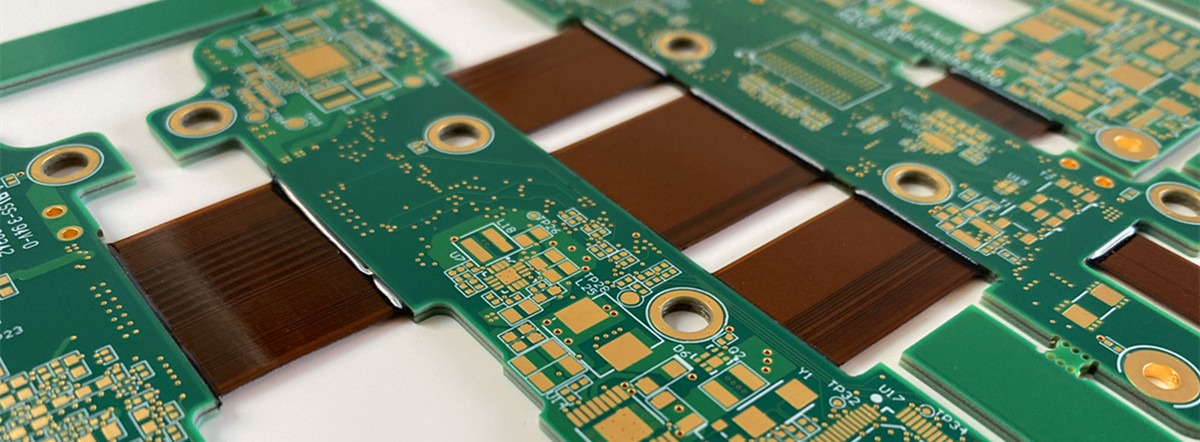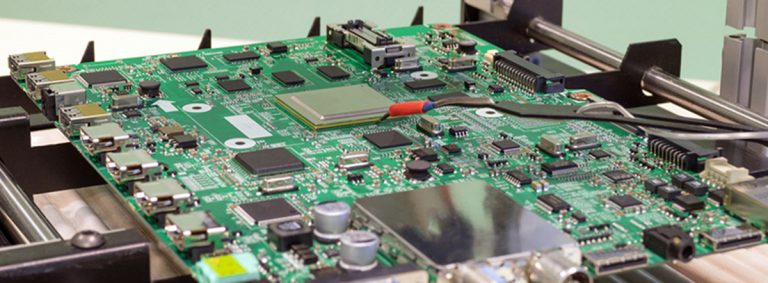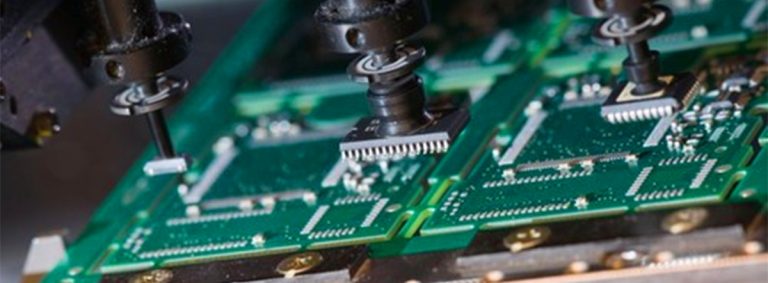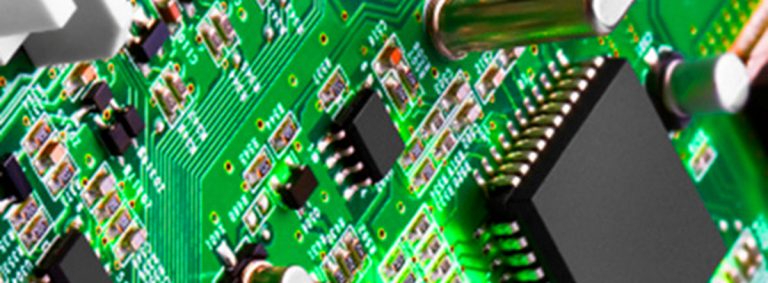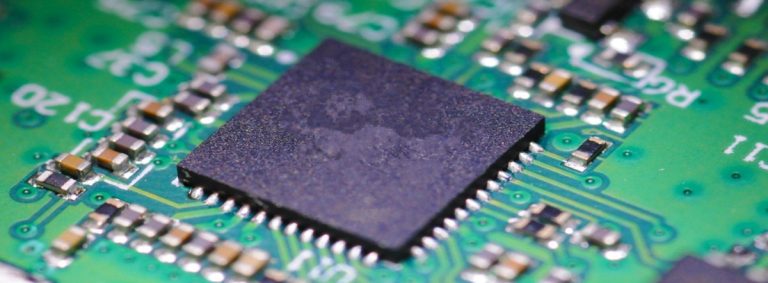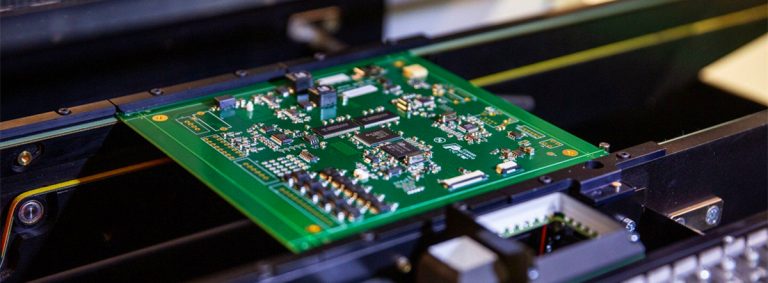What is the Application of the Rigid-Flex PCB Board?

Rigid-flex board is in PCB, the flexible circuit board and the rigid circuit board are combined together according to relevant process requirements through pressing and other processes to form a circuit board with FPC characteristics. So, what is the application of the rigid-flex PCB board?
1. Industrial PCB: including industrial, military, and medical fields. Products in these fields have requirements for soft and hard boards: high reliability, high precision, low impedance loss, complete signal transmission quality, durability, etc. Because the manufacturing process is complex and the output is small, the production cost is high.
2. Mobile phone parts circuit board: The application of the soft and hard board in the mobile phone, such as the turning point of the folding mobile phone, the image module, the button, and the radio frequency module, etc. are common.
3. Consumer electronic product motherboards PCB Board: the most representative of soft and hard boards used in DSC and DV. In terms of performance, its soft and hard boards can be three-dimensionally connected to different PCB hard boards and components. Under the same circuit density, it can increase the total use area of the PCB, increase its circuit load, and reduce the signal transmission limit of the contacts and assembly errors. Rate. In terms of structure, the flexible and rigid board is lighter and thinner and can bend the wiring, which is of substantial help in reducing the volume and reducing weight.
4. Automobile integrated circuit board: commonly used buttons on the steering wheel are connected to the motherboard, the connection of the car video system screen and the control panel, the operative connection of the audio or function keys on the side door, the reversing radar imaging system, the sensor, and the car Communication system, satellite navigation, rear seat control panel, and front-end controller connection board, vehicle exterior detection system, etc.

